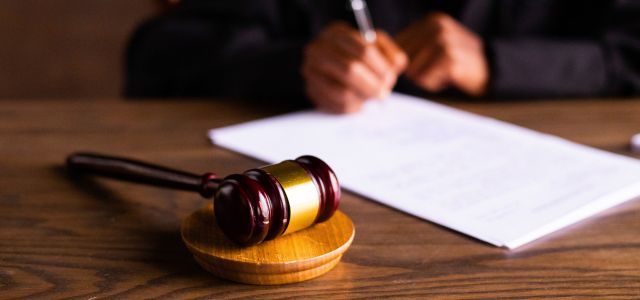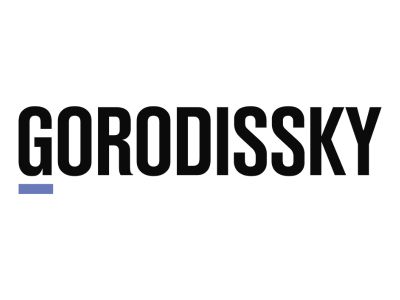Filing and using trademarks is a multifaceted business. For the most part, entrepreneurs file and obtain trademark registrations to do business without the unfair involvement of other parties. In most cases, they behave in good faith but there are cases where the applicants and trademark owners depart from generally accepted rules and formally use the law in their favor. This doesn’t occur often, but when it does it sends waves of discontent and mars the reputation of businesses. The Supreme Court reviewed such cases and issued a report dated November 15, 2023, assessing the behavior of some trademark owners.
First, it confirmed that all participants in civil relations should act in good faith and should not be allowed to take advantage of unlawful or unfair behavior. The exercise of rights with the only purpose of harming other persons is not allowed. This statement entails the opportunity for the courts to recognize obtainment, use of a trademark, and specific measures of enforcement as unfair. Consequently, the trademark owner may be denied the protection of his rights when the courts evaluate the whole combination of concomitant circumstances. Further, when abuse of rights has been confirmed protection of the trademark may be challenged.
The scope of possible actions by the applicants and trademark owners is wide so the Supreme Court studied and summarized judicial practice to work out a unified approach to settlement of conflicts by the courts. As a result, it defined several principles that should be abided by courts. Below are some guiding principles by the Supreme Court that may be useful for trademark owners.
Non-use of trademarks
Non-use of a trademark by the trademark owner who seeks protection of their rights in court shall not be considered an abuse of rights per se. This conclusion was made based on several cases where the trademark owner sought compensation for the unlawful use of their trademark. The problem was that the trademark owner did not use the trademark. The courts needed to examine the circumstances as to why the trademark was not used. If those circumstances justified the non-use the courts ruled in favor of trademark owners.
If the reasons for non-use (for three years) do not convince the court, the trademark registration may be canceled. After that, an interested person may file a trademark application for that trademark. Whether such a trademark will be registered may raise questions. If a canceled trademark is deeply embedded in the minds of consumers the registration may be refused. However, this is not a hard and fast rule because, formally, there is no impediment to registration.
There are cases where trademarks are invalidated because of non-use. If a person files a trademark application for the same trademark the court may recognize such action as an abuse of rights. Further analysis of this type of case can be found here: The Trademark Lawyer, Issue 1, 2024.
Claiming compensation
A person may file and obtain registration of a trademark for the only reason of claiming compensation from other persons who have been using that designation in good faith. When that trademark owner applies, the court will examine the case and if it finds that the owner of the trademark does not use the trademark while the respondent uses it, the court will dismiss the claims. In some cases, such trademark owners file dozens of trademark applications which adds more negative tinges to their reputation.
Fair or unfair behaviour by trademark owners
The behavior of the trademark owner may be regarded as fair or unfair in connection with the conclusion and fulfillment of a license contract.
In one case, a trademark owner sued a company and demanded compensation for the use of a trademark confusingly similar to their own trademark. The respondent argued that the plaintiff did not use the trademark but had issued a license to a third person. The court stated that the conclusion of a license agreement is lawful, however, the plaintiff did not provide evidence of use of their trademark by the licensee or at least plans for preparation for such use. Hence, the court concluded that the plaintiff abused the right and concluded the license agreement for the sake of appearance.
In another case initiated by the trademark owner against an infringer, the court found that the trademark owner and their licensee were affiliated and concluded a fake license agreement, meaning that the behavior of the trademark owner was unfair.
Unfair competition
When a person acquires a trademark, their actions in connection with the acquisition may be fair or unfair. This issue will surface when another person initiates a court action and seeks to recognize that the acquisition and use of a trademark are unfair based on Competition Law (Article 14.4).
In cases of unfair competition, if a party goes to court and initiates an unfair competition case the court must establish the fact of presence or absence of unfair competition in relation to the plaintiff and not in relation to other persons. Since the purpose of unfair completion actions is to create advantages over competitors it is necessary to understand the relations between the plaintiff and the respondent on the date of actions taken by the respondent in connection with registration of a trademark by them. The court should examine whether the respondent had acted in good faith in relation to the plaintiff.
On the other hand, the plaintiff claiming unfair competition must prove infringement of their rights on the date of registration of the trademark by the respondent. This requirement by the Supreme Court was stated because, in one case, a plaintiff registered a trademark and began using it while the respondent had started the use of that designation long before the plaintiff.
A trademark may be invalidated by a court, but even in this situation, earlier specific actions by the trademark owner in connection with the registration of his trademark may be recognized as unfair competition if such actions had been taken at the moment of filing an application for that trademark. In one case, a company registered a trademark but did not use it. The antimonopoly body decided that there was no violation of Article 14.4 of Antimonopoly Law (there was no use of the trademark) but there was a violation of Article 14.8 of the same law because of the mere act of registration of the trademark.

Written by Vladimir Biriulin
Partner, Gorodissky & Partners
You may also like…
No Results Found
The page you requested could not be found. Try refining your search, or use the navigation above to locate the post.
Contact us to publish in the IP knowledge Hub











